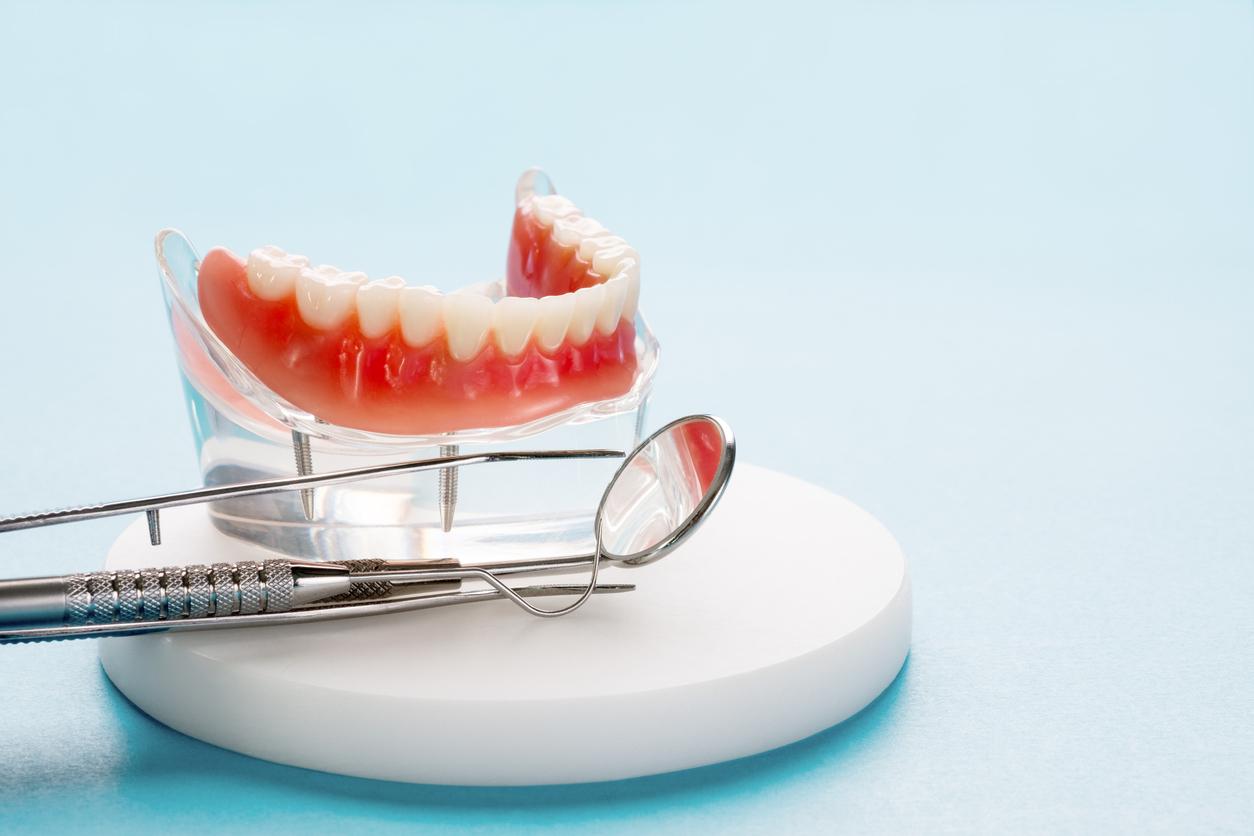A team of American researchers has succeeded in developing a gel composed of water and polymers capable of treating bacterial infections.

The hospital environment is now used to nosocomial staphylococcal infections. They lead to longer and therefore more expensive hospitalizations, and above all, increase the risk of patient death.
Researchers specializing in nanotechnology at the University of California at San Diego have developed a gel, containing nanosponges, which may help treat skin and infections caused by MRSA (Staphylococcus Aureus Methicillin resistant), a bacteria resistant to antibiotics. This hydrogelated nanosponge would thus have made it possible to minimize the growth of lesions on the skin of mice intentionally infected with MRSA, without using antibiotics. The results of this work have been published online in the journal Advanced Materials.
A combination of two materials
To make this gel, the research team introduced nanosponges, which are nanoparticles that absorb toxins produced by MRSA, E. coli and other antibiotic resistant bacteria, in a hydrogel made of water and polymers. Once combined, the gel will be able to eliminate the targeted toxins.
“We have combined the strengths of two different materials – nanosponges and hydrogel – to create a powerful combination to treat local bacterial infections,” says Liangfang Zhang, professor of nanotechnology at the Jacobs School of Engineering at the University of California, head of the research team. “Nanosponges alone are difficult to use on targeted tissues because they spread very quickly to other parts of the body. By integrating them into a gel, we were able to contain them on a specific infected tissue, ”explains Professor Zhang.
Weaken and expose bacteria
For the researchers, the gel will not be affected by the antibiotic resistance since it simply does not contain antibiotics. There is therefore no risk of creating new bacteria or even of developing new resistance, they specify.
“One of the ways to treat these infections is to eliminate toxins which act as both a weapon and a shield for bacteria”, explains the specialist. Without the toxins, the bacteria weaken and expose themselves, allowing the immune system to intervene to eradicate them without the need for drugs. “After the gel was injected into the infected tissue, we observed that it absorbed the toxins secreted by the bacteria while preventing further damage to the surrounding blood tissue, skin or muscles,” concludes Professor Zhang. .
Two days after the treatment with the gel, 80% of the nanosponges were still at the site of infection, while by injecting the nanosponges without the hydrogel, they diffused to the surrounding tissues after two hours.
A breakthrough that could in the future make it possible to fight staphylococci in hospitals in a more targeted manner.
.

















